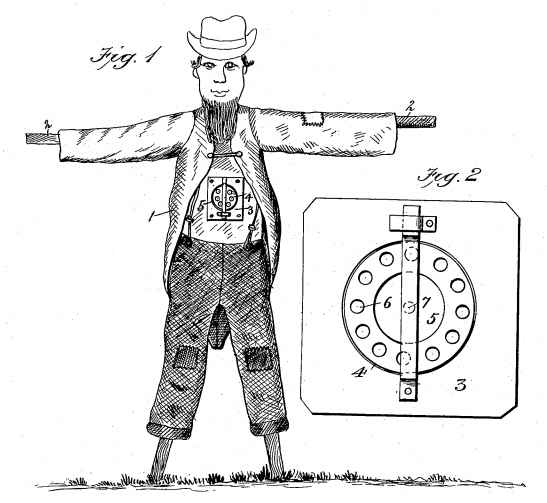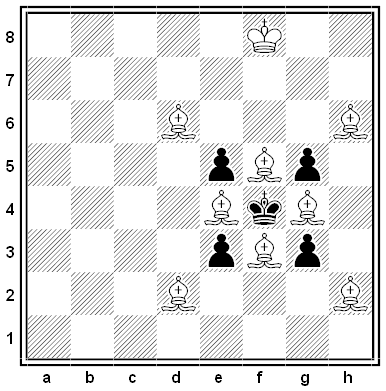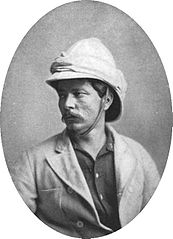Index entries from The Golden Bough, Sir James Frazer’s history of myth and religion:
Africa, North, charms to render bridegroom impotent in
Africa, South, disposal of cut hair and nails in; magic use of spittle in; story of the external soul in
Anointing stones, in order to avert bullets from absent warriors; in a rain-charm
Apple-tree, barren women roll under, to obtain offspring; straw man placed on oldest; torches thrown at; as life-index of boys
Bag, souls of persons deposited in a
Beating a man’s garments instead of the man; frogs, as a rain-charm
Birds, cause headache through clipped hair; absent warriors called
Charms, to prevent the sun from going down
Chastity observed for sake of absent persons; as a virtue not understood by savages
Clothes, magic sympathy between a person and his
Conception in women caused by trees
Continence, required during search for sacred cactus
Departmental kings of nature
Dogs crowned
East Indies, pregnant women forbdden to tie knots
Fairies, averse to iron
Fish, magical image to procure
Foreskins used in rainmaking
Gout, transferred to trees
Hyaenas, supposed power over men’s shadow
Impregnation of women by the sun
Jar, the evil of a whole year shut up in
Lemon, external souls of ogres in
Magnets thought to keep brothers at unity
Toothache, transferred to enemies
Twins, water poured on graves of
Whale’s ghost, fear of injuring
Augustus De Morgan wrote, “My opinion of mankind is founded upon the mournful fact that, so far as I can see, they find within themselves the means of believing in a thousand times as much as there is to believe in, judging by experience.”





